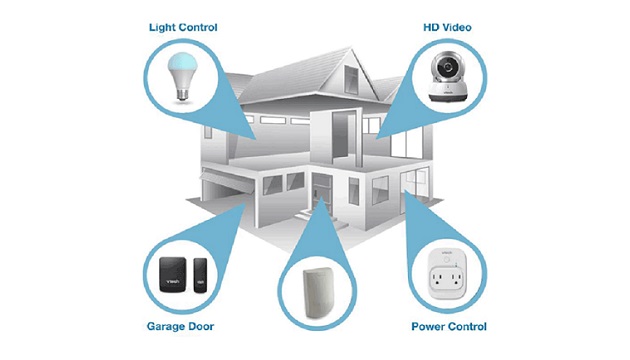A low-power wireless interface for the Smart home, ULE i.e. Ultra-Low Energy is an extension of the DECT cordless phone standard, offering a Mbit/second low-power wireless interface for voice and data.
A dedicated spectrum at 1.9GHz is used by the standard’s physical layer (PHY), to minimize interference and has a range of up to 600 feet (line of sight). It has a link budget of 16 dB, and up to 32,000 devices per system is supported.
There is no complex, power-hungry, mesh algorithm, as the ULE uses a star topology. It runs the Home Area Network Functional protocol, and for security it implements AES-128.
The ULE Alliance envisions ubiquitous use of ULE across the home. It would like to see it embedded in meters, white goods, plugs, lights, and alarms for security, home automation, and climate control.
In case of a fire, a ULE-enabled smoke detector would send an alert to the broadband-connected gateway which in turn would alert the homeowner’s smartphone as well as the local fire department. The ULE Alliance has developed a hand-off from ULE-IP to 6LoWPAN for Internet access.









